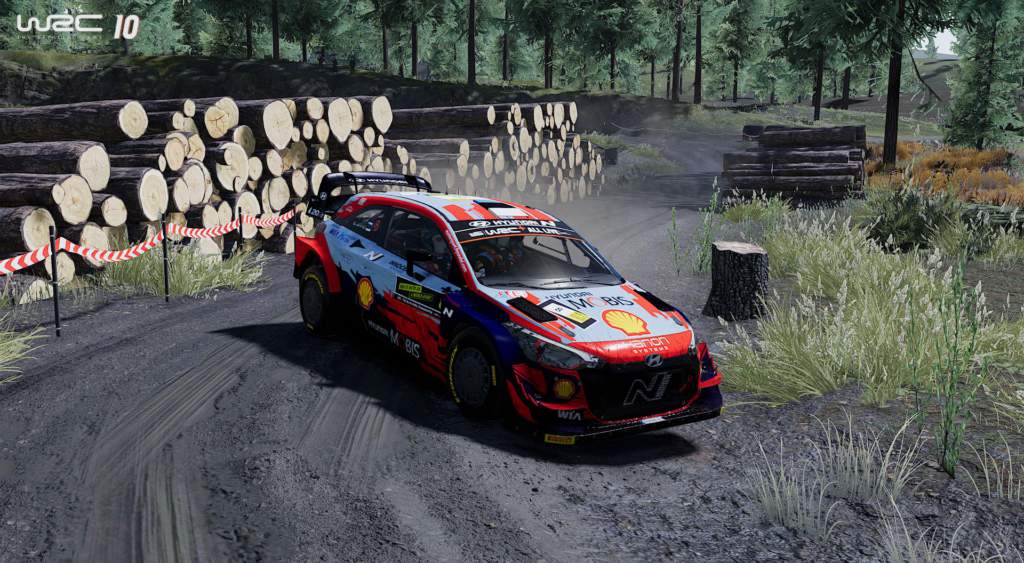Whilst it may be the sixth WRC game to be developed by Kylotonn, WRC 10 is the first game to properly pay homage to the championship’s history as well as replicating the current WRC season – a change that enables it to finally rival DiRT Rally.
In celebration of what will be 50th season of WRC next year, this year’s game has a total of 21 classic cars including new additions such as the 1985 and 1986 Group B Peugeot 205s and Colin McRae’s 1997 Subaru Impreza. It’s the latest step forward ever since WRC 8 re-introduced classic cars – albeit then only with a selection of only six.
Those cars now include the names of the real-life driver and co-driver that had success with that car. One nice attention to detail to go along with that is if you drive Michele Mouton’s 1981 Audi Quattro then you are given a female co-driver voice as an acknowledgement that Fabrizia Pons was her co-driver that year.
Complimenting the classic cars are some historically themed events that are based around iconic moments in WRC’s history. Those are run on dedicated, classic stages and make full use of the range of legendary cars that the game has.
In the version of the game that was made available for review purposes, not all of the classic cars were available and only some of the anniversary events were as well. However, in the few anniversary events that were doable there wasn’t any real gimmick to them. In essence, they are simply one stage long time-trials.
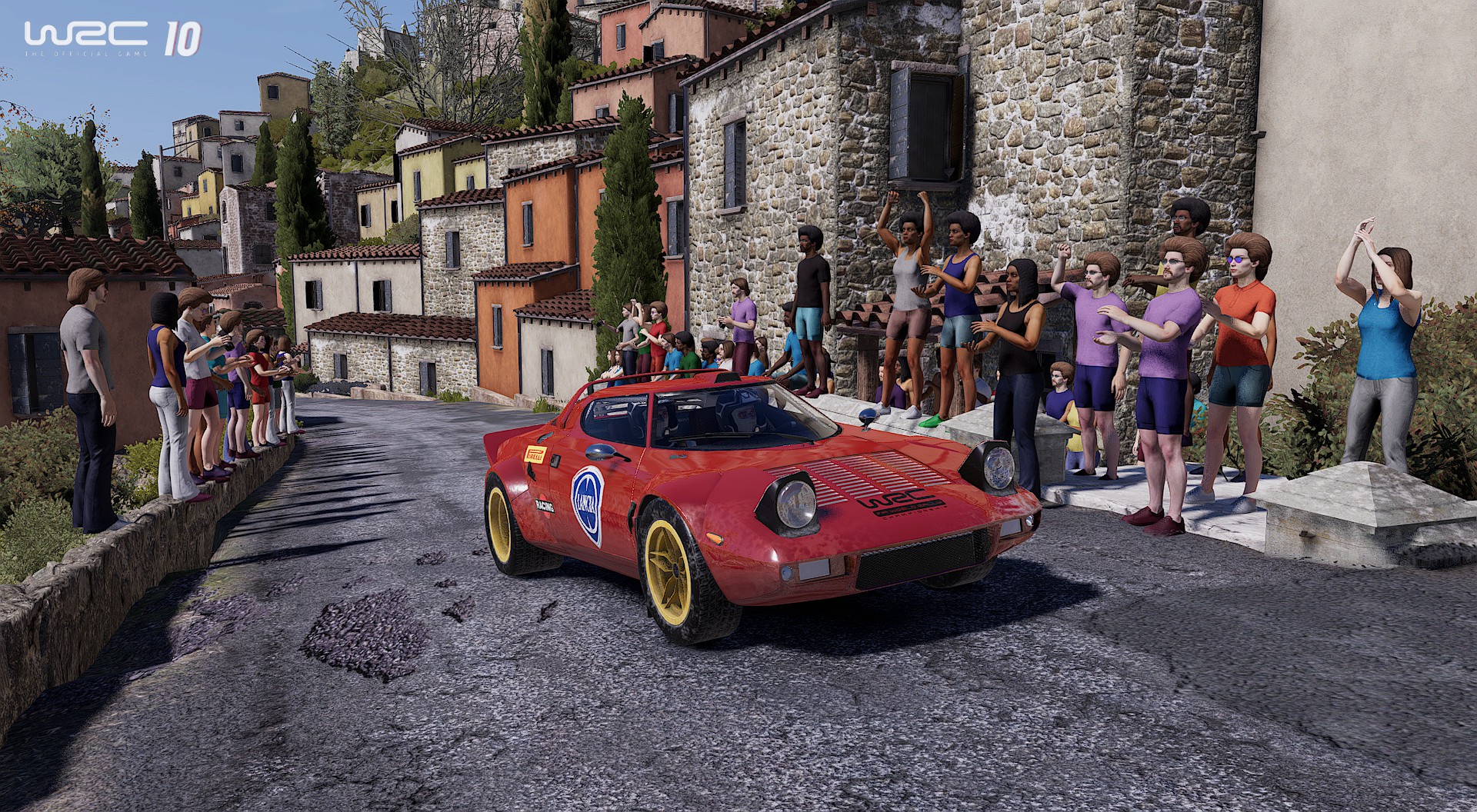
DiRT Rally 2.0 already had a more varied historical mode with its Colin McRae themed challenges that sometimes had pass requirements that weren’t just about beating a certain time. Also sometimes the challenges took place over multiple stages and on occasion they required you to drive with certain components damaged and you had to adapt to it.
By comparison, WRC 10’s anniversary mode is more like a tutorial for newcomers to the WRC games, although that is partially by design since you have to complete the anniversary mode if you want to race for your own custom team in career mode.
Being able to race for your own fictional team has been made possible because of the new livery editor which is impressive compared to the livery editors in many other similar racing games.
You have free reign to paint the car and apply stickers to any part of the body. You can add up to 500 stickers to a car and there’s plenty of choice including more sensible options such as company logos or letters and numbers. Equally though, if you want to paint a Porsche 911 purple and put a flaming skull down the side and the face of a tiger on the front bumper – then the game offers you that freedom.
Included in the sticker options are also lots of patterns and shapes along with national flags and some emojis. Placing them on the car is as simple as moving them into position with the analog stick, adjusting the size and rotation and then confirming it.
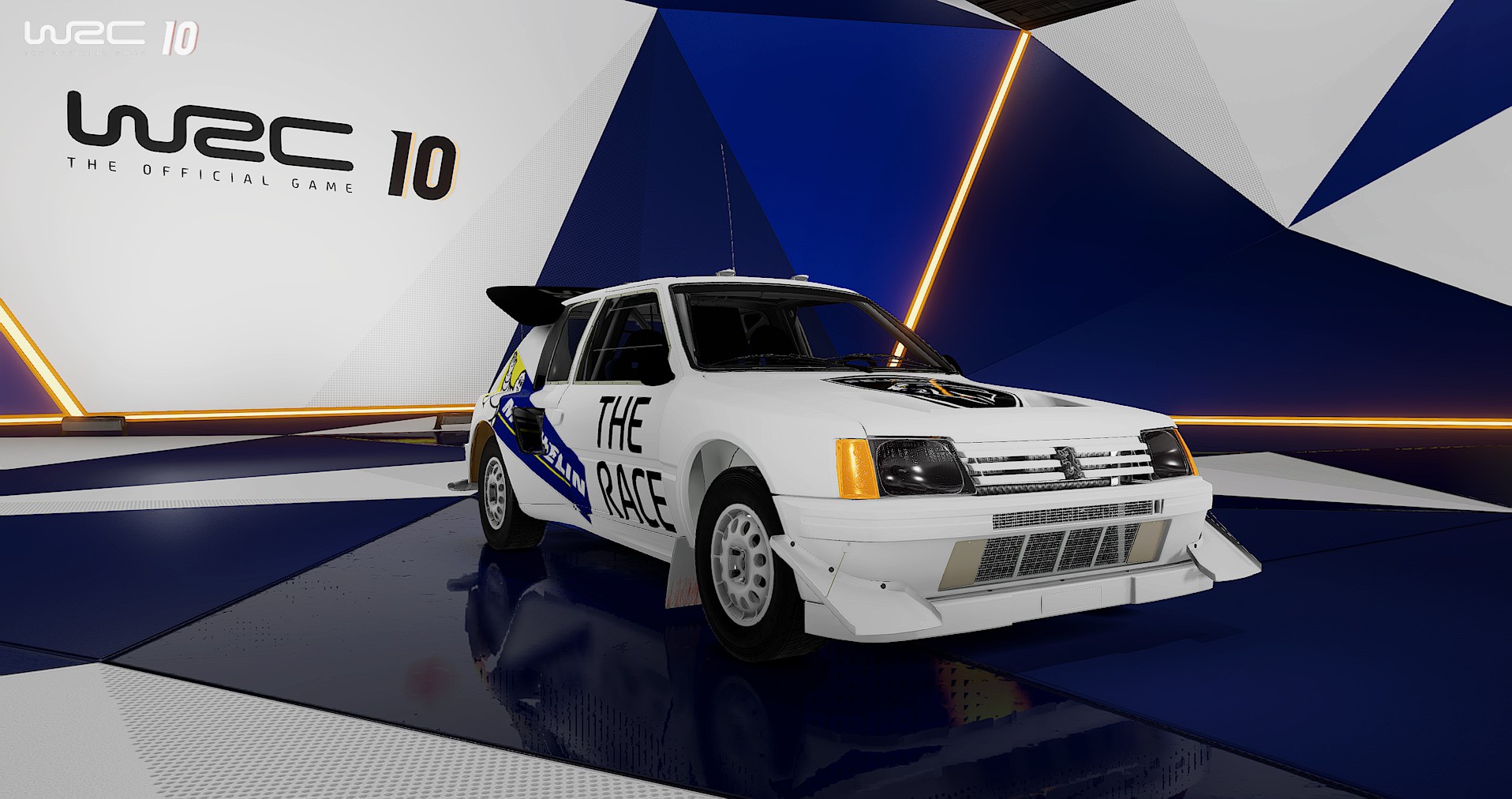
There’s also the ability to copy a sticker you’ve placed on one side of the car over to exactly the same position on the other side. The only snag is that the ‘invert symmetry’ option is quite literal so any stickers you’ve placed at an angle will need to be re-rotated to match. Also if you write a word using lots of individual letter stickers then when you copy them over to the other side of the car the letters will appear in the reverse order and you’ll need to manually move them back to correct the spelling.
Even with these minor gripes, it’s a massive step up from the limited livery editors in the likes of DIRT 5 or the recent F1 games where all you are really able to do is adjust the colours of the preset liveries. It’s also a lot more intuitive and easy to use than the livery editor in MotoGP 21.
It falls short of those seen in bigger budget racing games though since you can’t import your own stickers and, more egregiously, you can’t share your custom liveries online to be downloaded by other players.
The ability to design your own car liveries helps make the career mode feel much more like you are actually managing your own team since you have control over the car branding as well as everything else. Aside from that though the career mode remains very similar to how it was in WRC 9 with all the skills trees, personnel and calendar management carried over.
It’s not just the modern-day WRC cars that you can give a new lick of paint to, since the bonus and legend cars can also be given a custom livery. The only exceptions to that are both Audi Quattros and the Subaru Impreza.
The chopping and changing of the WRC calendar for this season mean that WRC 10 doesn’t contain every real-life rally since there’s no Arctic Rally Finland. That rally was the replacement to Rally Sweden and so Sweden has been kept for WRC 10 as the snow location.
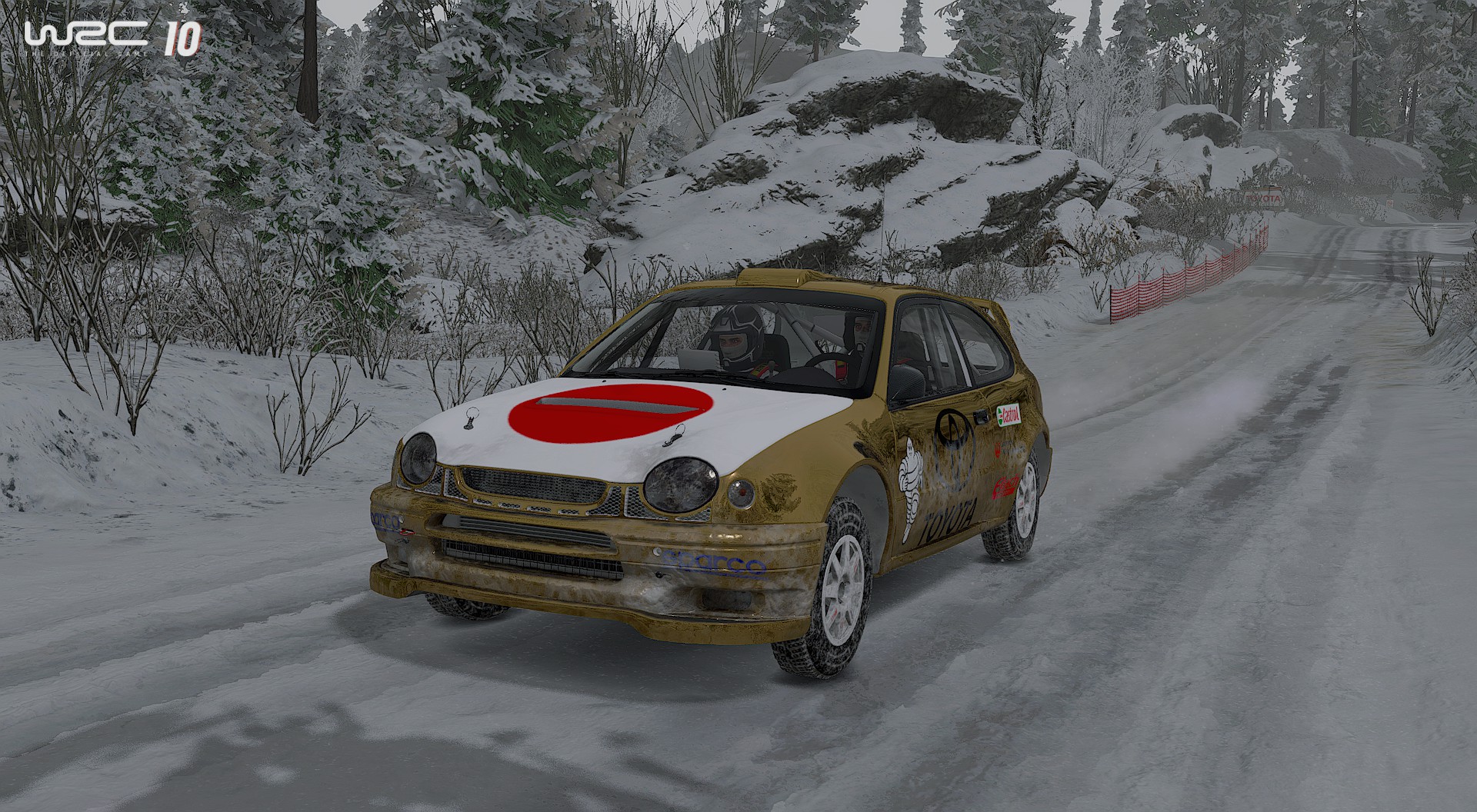
Spain, Croatia and Kenya are all included in WRC 10 along with Estonia which was on the WRC calendar last year but couldn’t be added in time for WRC 9. Chile and Wales are still in the game despite the cancellation of those real-life rallies and modern-day Greek stages will be added for free in a future update to join the historic Acropolis Rally stages.
Also, you can drive the modern-day WRC cars on the historically themed stages and the classic cars on the modern stages.
Once you scratch below the surface though you’ll find that the number of historic rally stages is misleading since there’s actually far less variety than it may initially seem. For example, at first glance, there are four stages for San Remo, Italy. In actual fact, the 1974 and 1998 stages are the same and the 1981 and 1997 stages are the same again but in reverse.
The only discernible difference is that the stages set further back in time have no barriers for the spectators. Other than the increased number of barriers there’s no difference between racing at San Remo in 1974 or 24 years later in 1998.
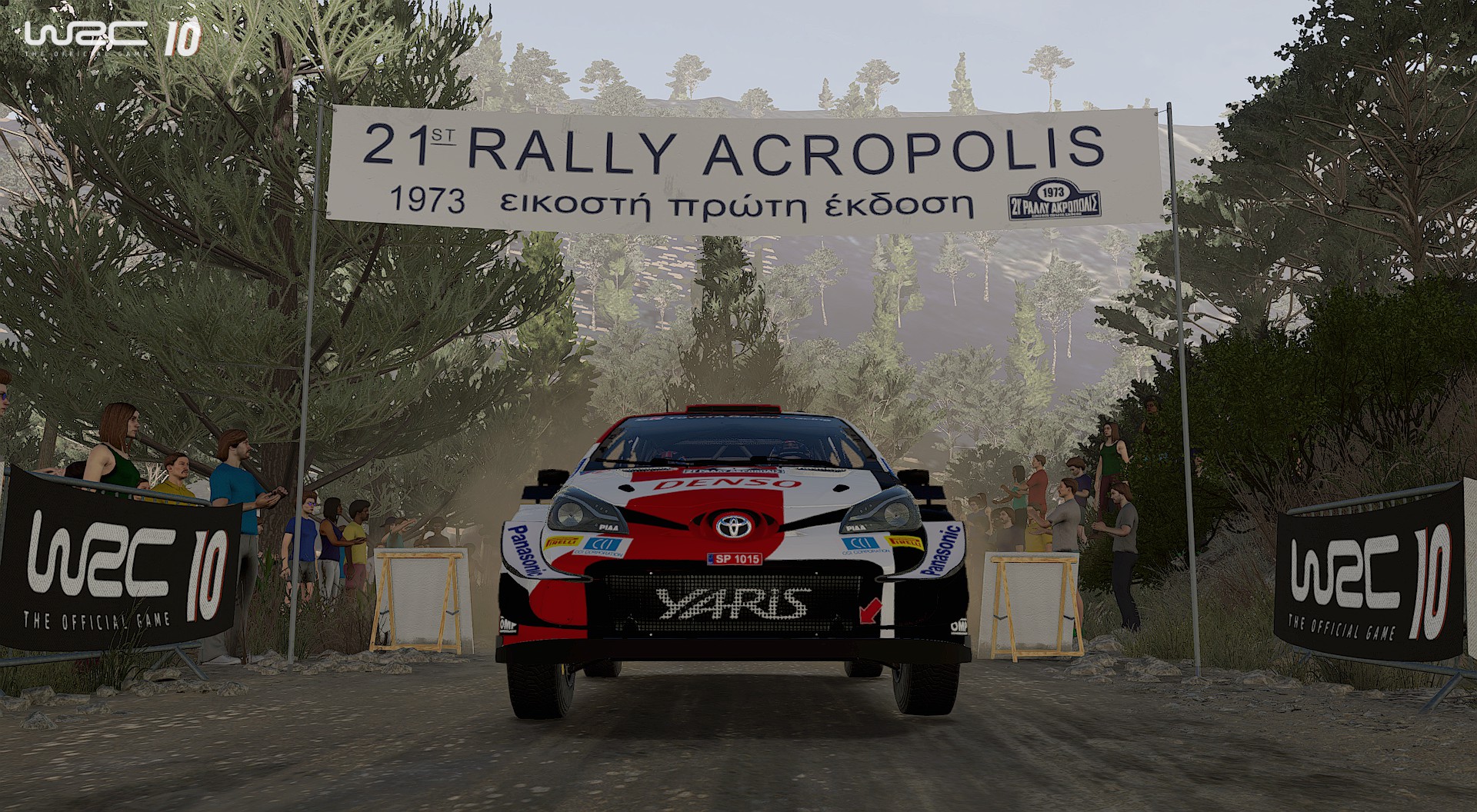
On a more positive note though shakedown stages have finally been added for WRC 10. They can also be raced on in quick play mode as an alternative to having to do a several kilometre long stage.
In most other regards WRC 10 has kept the status quo with the car handling model that’s a slightly refined version of WRC 9’s and it still has the same lack of damage sensitivity when you crash.
It does feel like, in the duel between the DIRT and WRC games, that the pendulum is finally swinging in the favour of the WRC titles. Especially since DiRT Rally 2.0 was released two and a half years ago and the most recent rally game from Codemasters was the more arcade focused DIRT 5 which had a mixed reception from players.
In lieu of the WRC license, the DIRT games got around that by focusing on cars from the annals of rallying history and creating a varied car roster. WRC 10’s historic car list is quite expansive plus its career mode, whilst not in any way groundbreaking, is deeper than the simple linear list of events that DIRT 5’s career mode offers.
You could still quite easily make the case that DiRT Rally 2.0 is the better game on the grounds of its simulation car handling and damage physics. However, WRC 10 has enough going for it, with the full WRC license and a livery editor that’s superior to Codemasters’ efforts, that it should be at least considered by anyone who’s stayed away from the WRC games until now.


